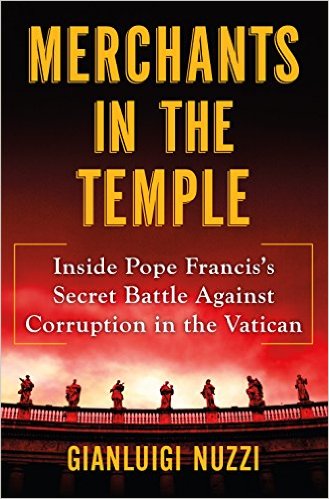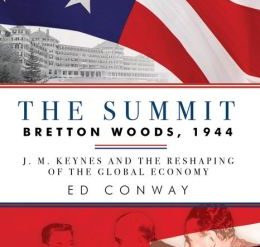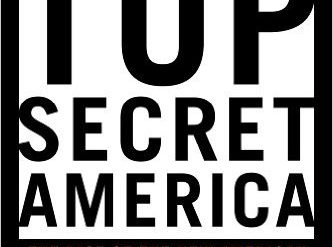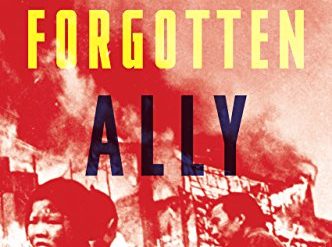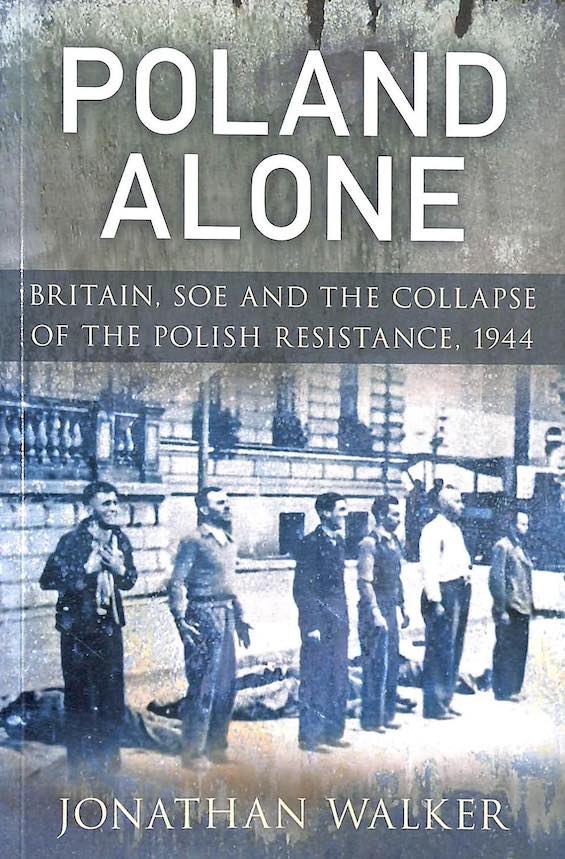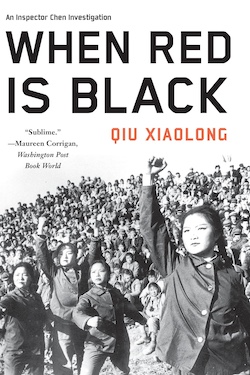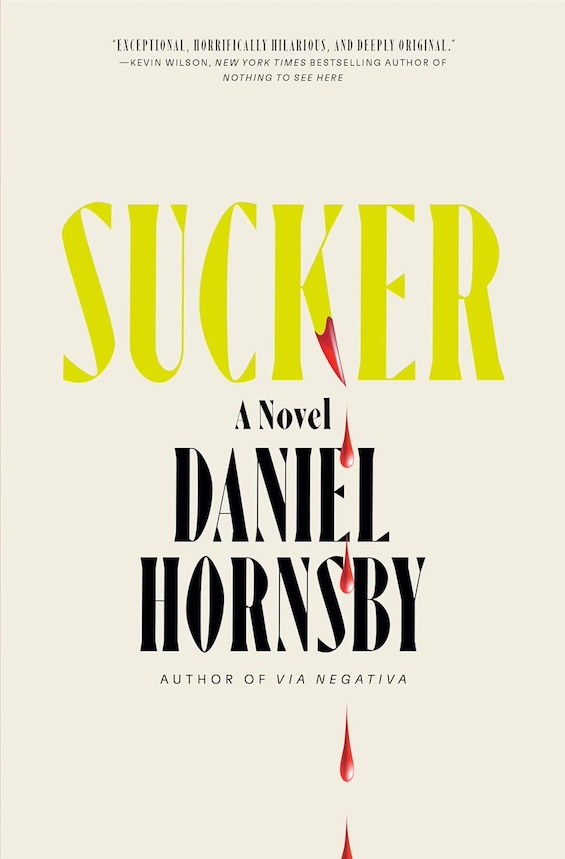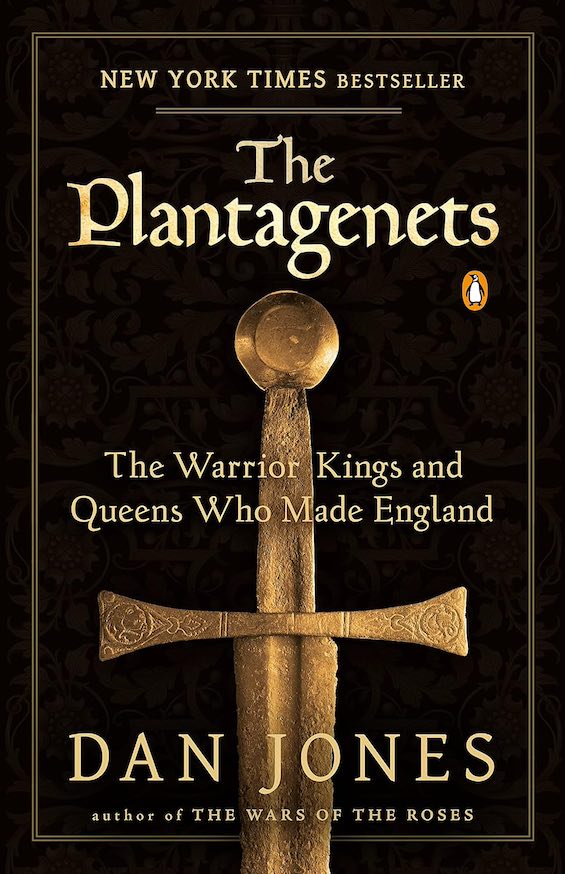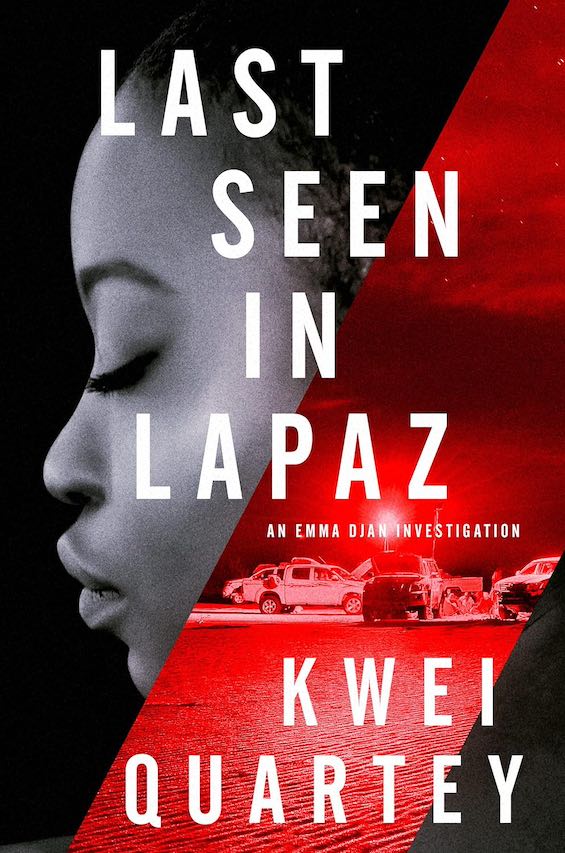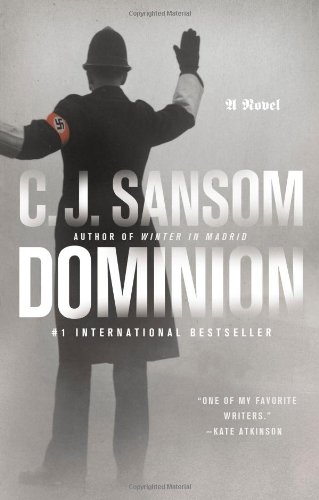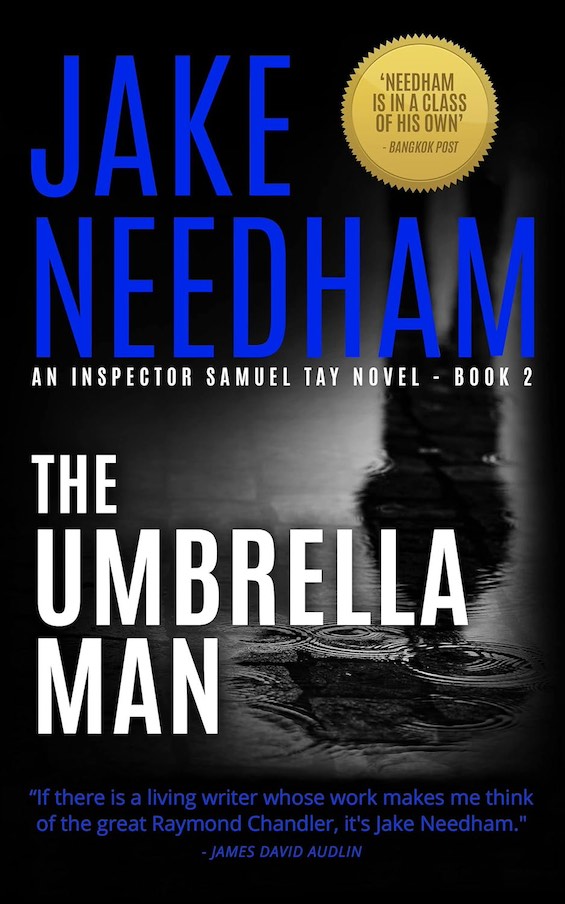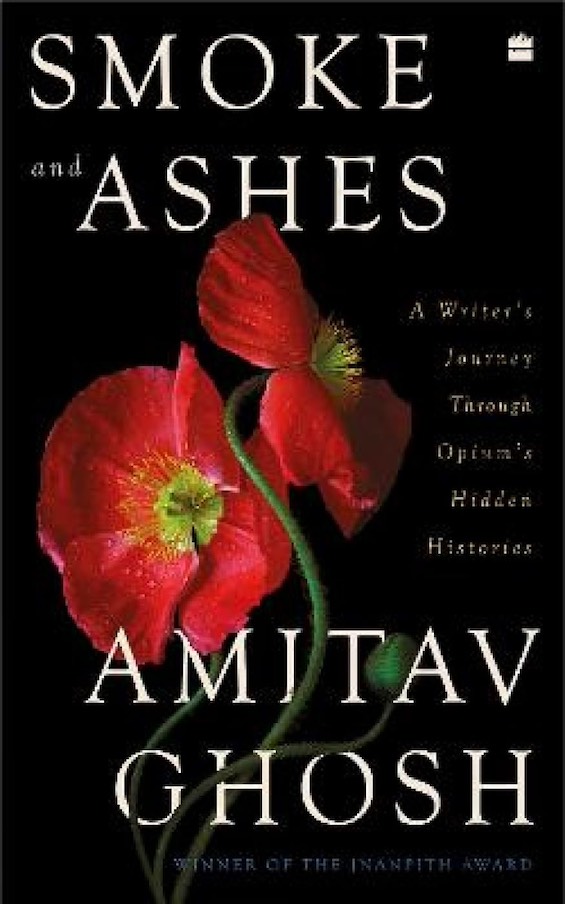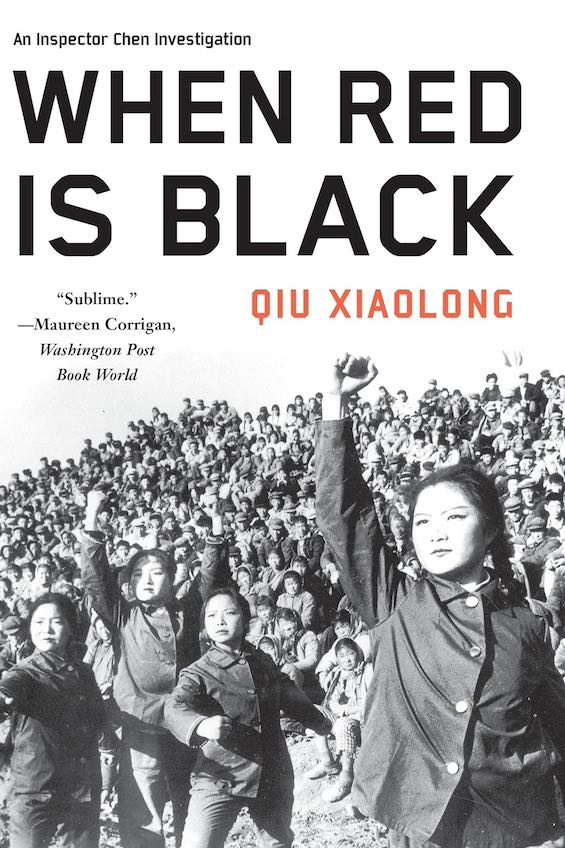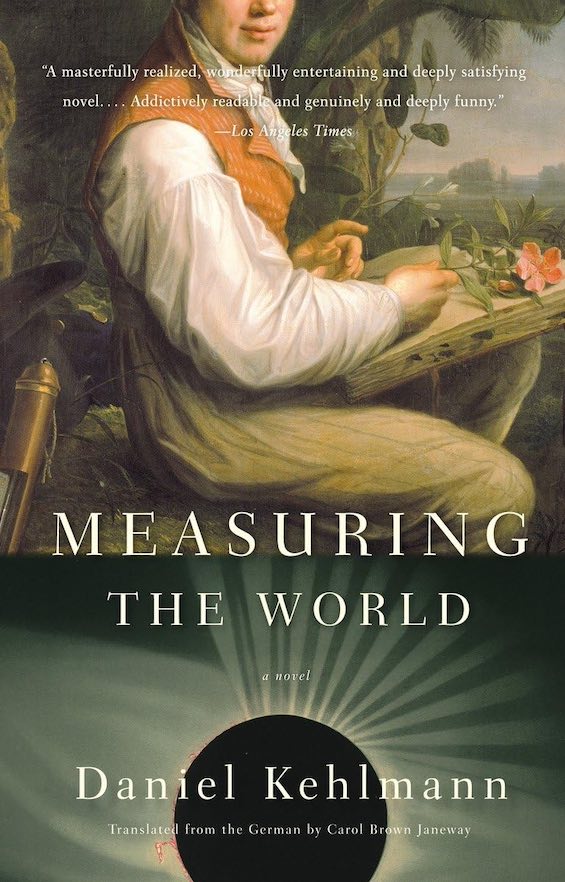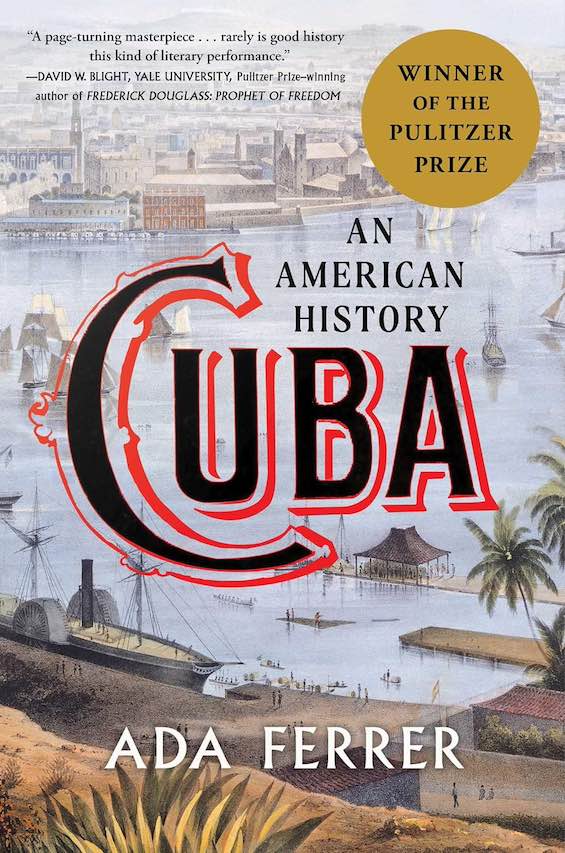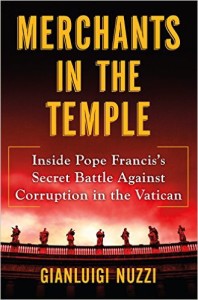
It’s well known that the history of the Catholic Church is rife with tales of corruption and murder — and that internal conflicts roil the Church today over pedophile priests, the role of women, divorce, and gay marriage as well as theology. What’s less well known are the particulars about long-running battles over money and power inside the Vatican, which reportedly forced the resignation of Pope Benedict VI. Corruption may yet eventually induce Pope Francis to follow him into retirement — a line of speculation offered up by Gianluigi Nuzzi, the Italian investigative journalist who has been the focal point for leaks from the Vatican, in his new book about the Vatican, Merchants in the Temple.
Estimated reading time: 4 minutes
Reports of old-fashioned corruption involving money and power have been swirling about the Vatican for decades. Nearly forty years ago there were persistent rumors that the last Italian Pope, John Paul I, who reigned for just 33 days, was murdered when he brought forward a radical reform proposal that would have forced out the greatest beneficiaries of the Vatican’s extensive financial operations. While those rumors were dismissed by most observers, there is extensive proof that the Vatican’s finances were riddled with corrupt influence. In Merchants in the Temple, Nuzzi cites lengthy passages from internal Vatican documents — and even tape recordings of secret meetings involving Pope Francis — to update the tale of ecclesiastical corruption.
Merchants in the Temple: Inside Pope Francis’s Secret Battle Against Corruption in the Vatican by Gianluigi Nuzzi ★★★☆☆
Francis emerges from the pages of this book as a hero, though a hero with faults of his own. Unlike his predecessors, who initiated reform measures but failed to follow up on them, Pope Francis has been resolute since the moment of his investiture in 2013. Nuzzi details a series of bold and risky moves by the Pope to bring outsiders, including lay experts, into the Vatican to investigate its financial affairs, and he continued to support them vocally through the ensuing battles over the application of their recommendations. Francis has gone so far as to dismiss a number of Cardinals from their posts, and no wonder.
Citing internal documents, Nuzzi describes the astonishing inefficiency, ineptitude, and what can only be called embezzlement that runs rampant through the Church’s finances. What he reveals is shocking: billions of euros intended for the poor are misspent on luxuries for the Vatican hierarchy, funneled to outside vendors and financial institutions through sole-source contracts, or simply unaccounted for. And the Vatican bank has been used extensively for money-laundering.
Don’t shoot the messenger
However, Merchants in the Temple is not easy going for the reader. It appears that the book was written in haste and then poorly translated from the Italian. The chronology becomes confused; the cast of characters is immense and disorienting; and the daunting Byzantine structure of the Vatican is never clearly explained. (That may not be entirely Nuzzi’s fault, however: there are two Vatican banks, not one, and a passel of “commissions” with vague-sounding names that compete with one another for money and power.)
Perhaps the old lament, “Don’t shoot the messenger,” should be applied here, because the message comes through clearly: despite the obvious need for radical change, most of the reforms that Francis has proposed remain unrealized as of 2015. “Today the Vatican bank is still impenetrable in many respects, a world unto itself. . . Francis — the great, singular Pope — has to count the number of his friends every day to make sure he will not be left alone.” In many ways, it’s still business as usual in the Vatican.
At this writing Nuzzi and a fellow investigative journalist are on trial in the Vatican, facing eight years in prison, for their work.
For related reading
Like to read books about politics and current affairs? Check out Top 10 nonfiction books about politics.
If you enjoy reading nonfiction in general, you might also enjoy:
- Science explained in 10 excellent popular books
- Great biographies I’ve reviewed: my 10 favorites
- My 10 favorite books about business history
And you can always find my most popular reviews, and the most recent ones, on the Home Page.

